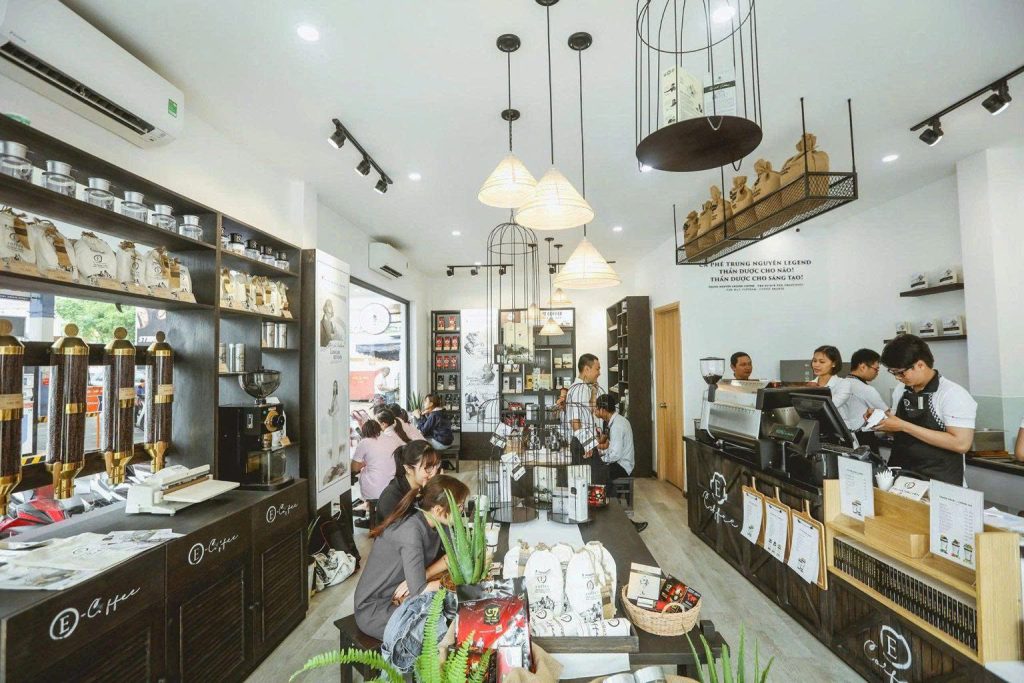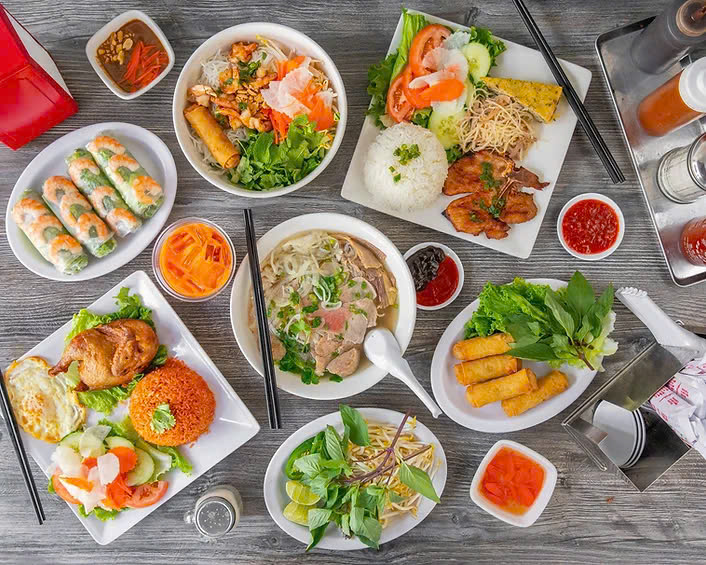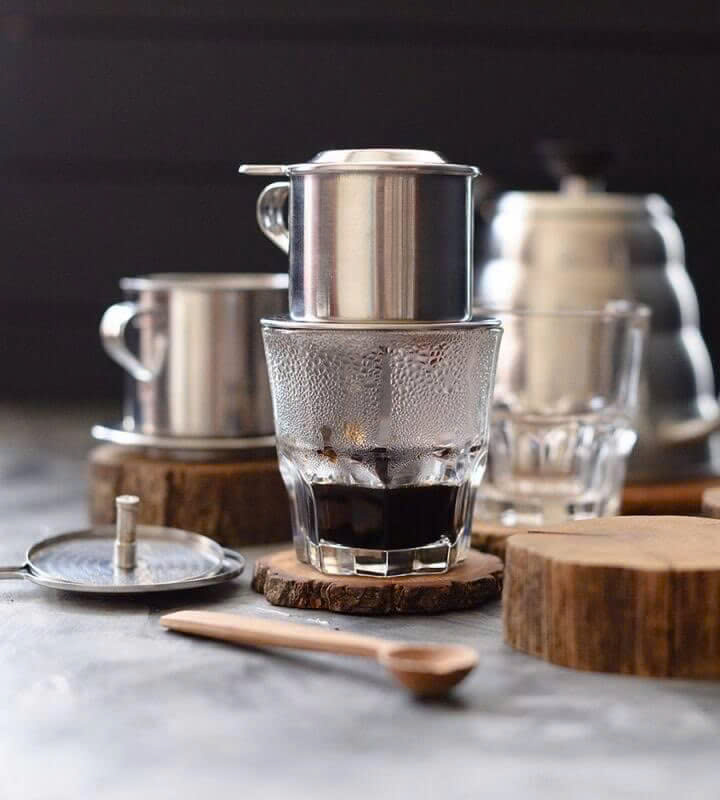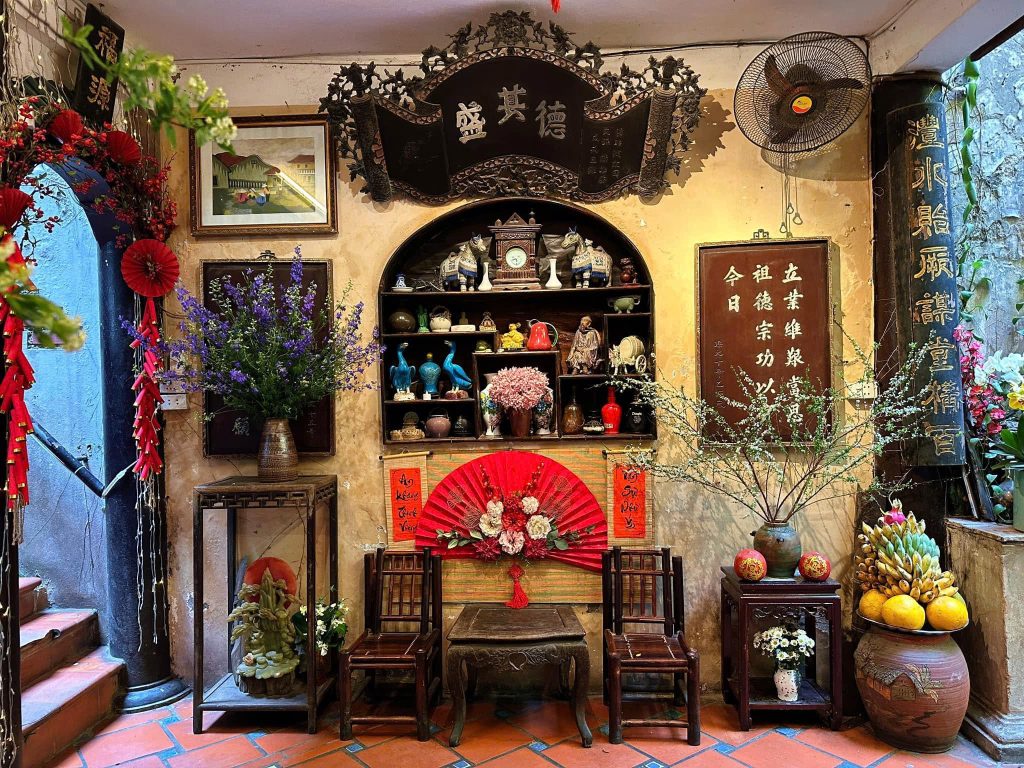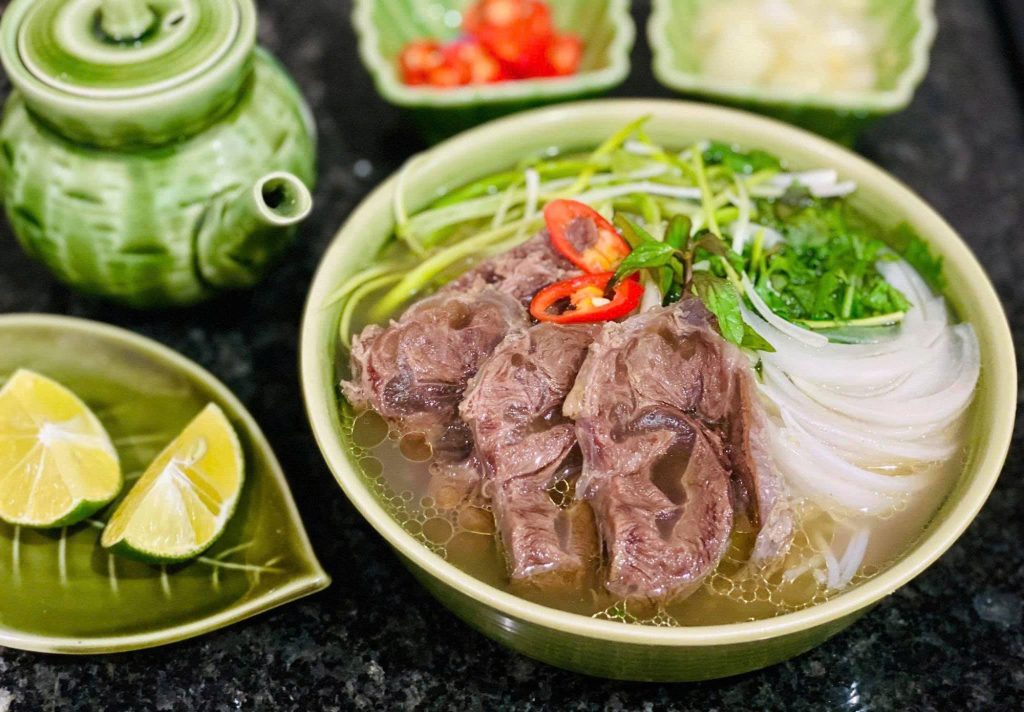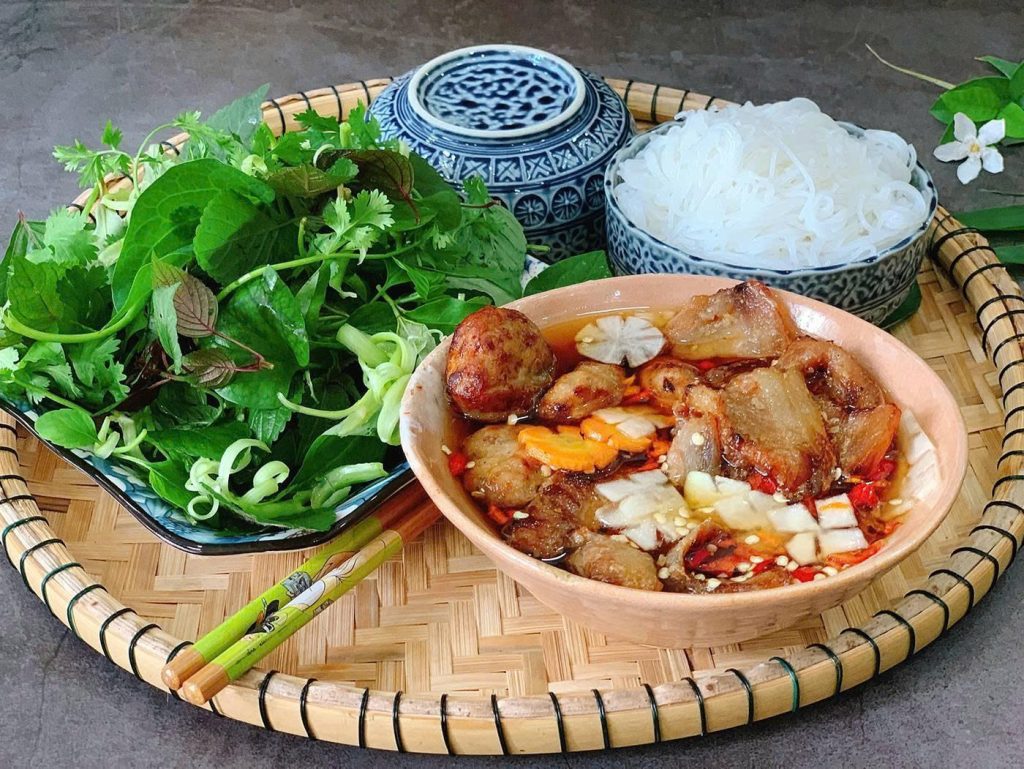Vietnamese Egg Coffee, or Cà Phê Trứng, is more than just a beverage; it’s a culinary legend. Hailing from Hanoi, this drink has captured global attention for its unique texture and exquisite balance of flavors. It features a layer of unbelievably light, sweet, and creamy egg yolk foam (resembling a custard or even a liquid tiramisu) floating atop a strong, dark Vietnamese coffee base.
If you’ve tasted it in Vietnam, particularly at its birthplace, Giang Cafe, you know its magic. If you haven’t, prepare for a revelation. This guide provides you with the authentic, non-fishy recipe and all the expert tips and tricks to recreate this complex, velvety masterpiece right in your own kitchen.
1. The Story Behind the Foam: A Brief History
The creation of Cà Phê Trứng is a testament to Vietnamese ingenuity. It dates back to 1946 when Mr. Nguyen Van Giang, a bartender at the legendary Metropole Hotel in Hanoi, invented the drink during a time when fresh milk was scarce due to the war. He substituted the dairy with a mixture of whipped egg yolk, sugar, and condensed milk, creating a custard-like foam that proved even more delicious and stable than milk.
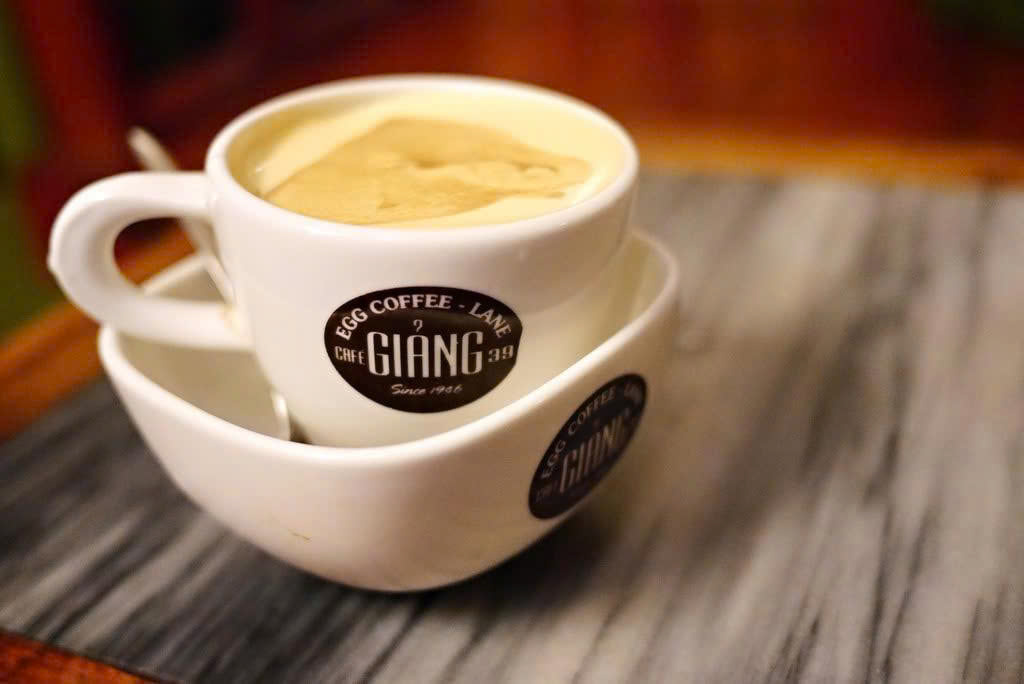
After leaving the hotel, Mr. Giang opened Giang Cafe (Cà Phê Giảng), which remains the undisputed original home of the drink. Understanding this history is key to appreciating why this recipe relies on a strong coffee base and sweetened condensed milk, honoring the original intent.
2. The Essential Ingredients
Achieving the perfect Cà Phê Trứng requires specific ingredients. Don’t substitute the core components, especially the coffee and condensed milk.
For the Strong Coffee Base
- 2 tablespoons Vietnamese dark roast ground coffee (preferably Robusta).
- 120 ml hot water (about 90-95°C / 195-205°F).
- Key: The Robusta bean is non-negotiable, as its high caffeine content and bold, nutty bitterness are essential to cut through the sweetness of the egg foam.
For the Creamy Egg Foam (The Custard)

- 2 fresh Egg Yolks (from large eggs).
- 3-4 tablespoons Sweetened Condensed Milk (adjust to taste, the most common brand in Vietnam is Vinamilk or similar).
- 1 teaspoon Vanilla Extract or 1/2 teaspoon good quality Instant Coffee Powder (Our secret E-A-T tip for odor control).
- Optional: A tiny pinch of salt (enhances sweetness).
Required Equipment
- Vietnamese Phin Filter: Essential for the authentic strong brew.
- Electric Hand Mixer or Immersion Blender: Highly recommended for achieving stable, stiff egg foam quickly. A whisk can work, but requires significant effort and time.
- Small, Deep Mixing Bowl: To whip the foam effectively.
- Serving Cup/Glass and a small bowl of hot water (for serving).
3. Step-by-Step Authentic Vietnamese Egg Coffee Recipe
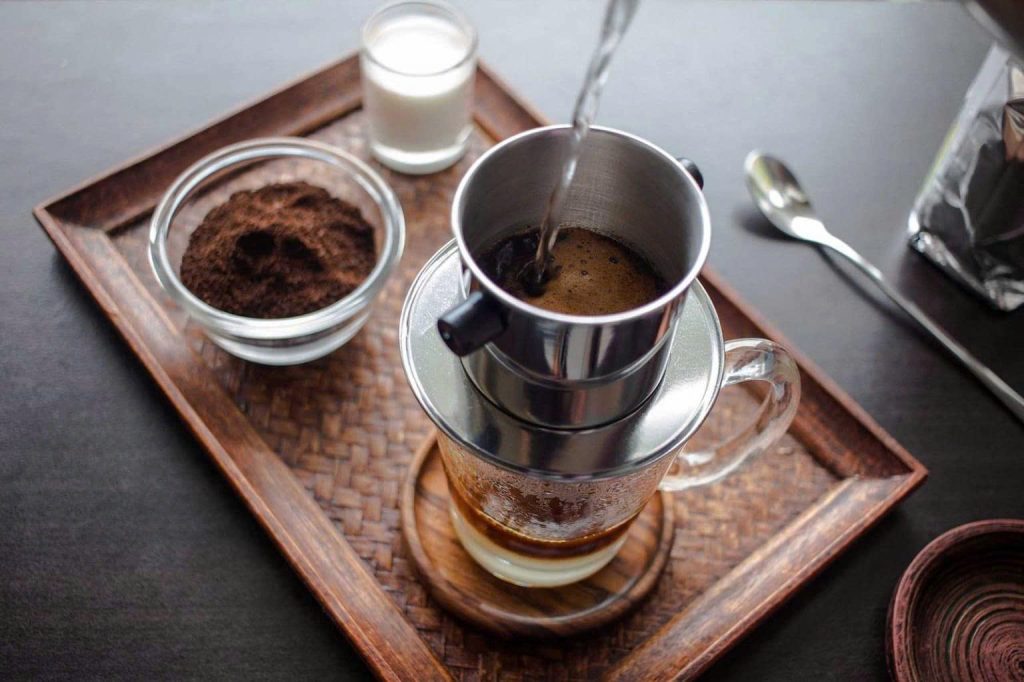
Follow these steps precisely to guarantee a creamy, non-fishy result that mirrors the experience in Hanoi.
Step 1: Brew the Perfect Coffee Base
- Prep the Phin: Place the phin filter over your serving cup. Add 2 tablespoons of ground coffee. Gently shake to level the grounds.
- Bloom: Pour a splash (about 1 tablespoon) of hot water onto the coffee grounds. Wait 20 seconds for the coffee to bloom (expand).
- Drip: Fill the phin with the remaining hot water. Cover the lid and let the coffee slowly drip into the cup. This should take about 4-6 minutes. The resulting liquid should be strong and concentrated.
- Keep it Hot: Once finished, leave the cup of hot coffee inside a small bowl containing hot water. This will keep the coffee warm and gently heat the bottom of the foam layer when added, preventing the foam from sinking immediately.
RELATED: Guide to Brew Traditional Vietnamese Phin Coffee
Step 2: Create the Stable, Non-Fishy Egg Foam
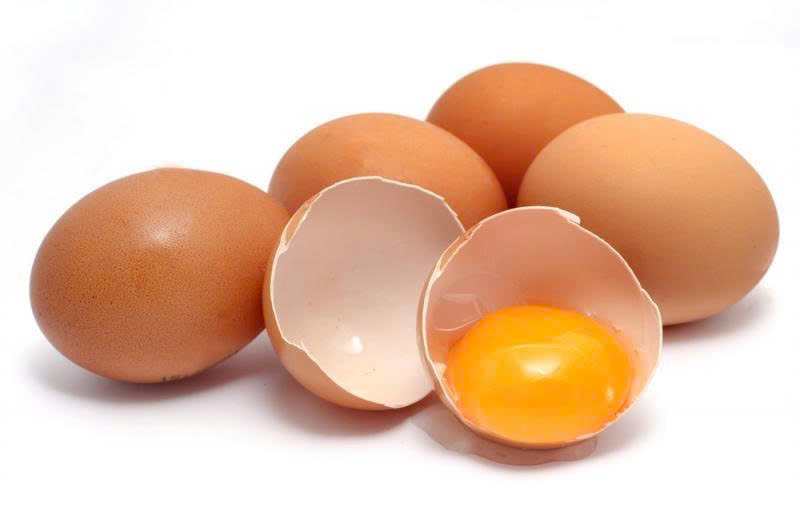
This is the most critical step to satisfy the user’s Informational intent regarding the egginess.
- Separate and Combine: Separate the yolks from the whites (discard or save the whites for other uses). Place the 2 egg yolks, the condensed milk, the vanilla extract (or instant coffee powder), and the pinch of salt into the small, deep mixing bowl.
- The Whisking Secret: Use your electric hand mixer on medium-high speed. Whip the mixture vigorously for 3 to 5 minutes.Tip: The instant coffee powder or vanilla doesn’t just add flavor; it chemically masks the sulphur compounds in the yolk that cause the “fishy” smell.
- Check for Stiff Peaks: The mixture is ready when it has doubled or tripled in volume, turned a pale yellow/beige color, and can hold soft to slightly stiff peaks when you lift the whisk. The texture should be thick and airy, similar to a dense mousse or meringue.
Step 3: Assemble and Serve
- The Pour: Carefully remove the phin filter from the coffee cup.
- Layering: Gently scoop the whipped egg foam mixture using a spoon and pour it slowly over the surface of the hot coffee. The foam should float perfectly, creating a beautiful two-layered drink.
- Tip: Place the entire cup back into the small bowl of hot water. This continuous gentle heat is the traditional way to serve, as it keeps the egg foam warm and prevents it from settling, allowing you to enjoy the drink slowly with a spoon before sipping the coffee underneath.
4. Tips to Elevate Your Cà Phê Trứng
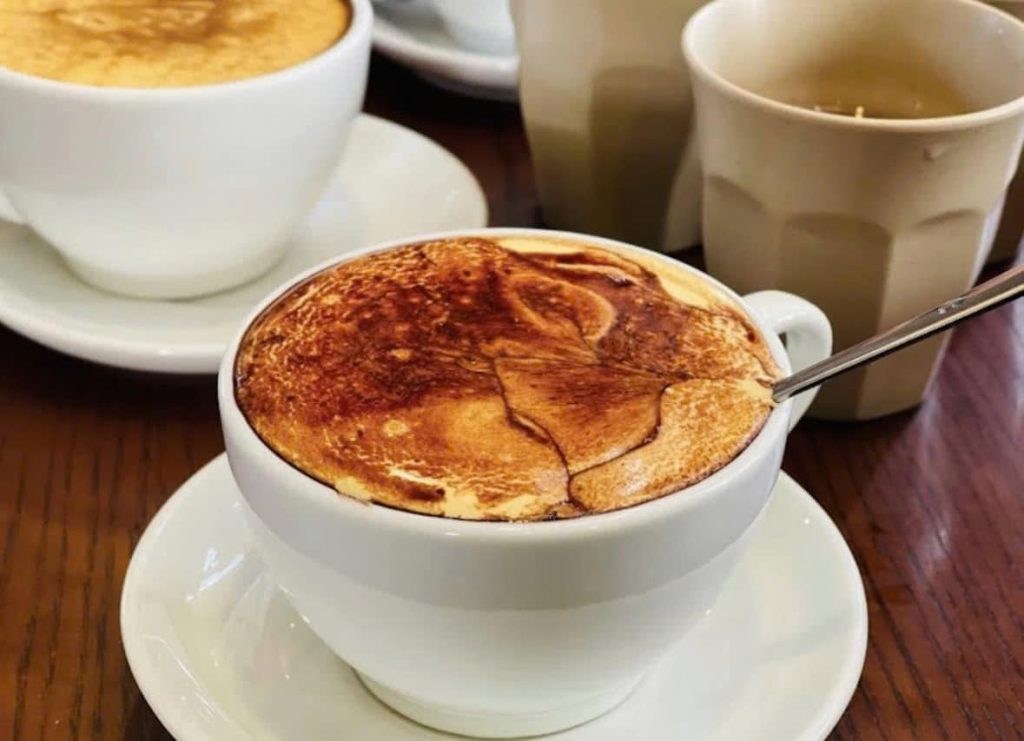
The Foam: Achieving Stability and Removing Odor
- Fresh and Room Temperature Eggs: Always use the freshest egg yolks available to minimize natural sulfury odor. Crucially, let the eggs reach room temperature (about 30 minutes) before whipping. Warmer eggs whip up faster, higher, and maintain stability much better than cold eggs.
- The Secret Odor Masking Agent: To guarantee an absolutely fish-free foam, besides vanilla, you can include one of these during whipping:
- 1/2 teaspoon Instant Coffee Powder: This is highly effective at neutralizing odor, helps the foam achieve an attractive beige color, and subtly enhances the coffee flavor.
- A Splash of Liquor (Rum or Brandy): This is a traditional secret used by some cafes. The alcohol aids in stabilization and provides a clean, deep flavor base, eliminating any hint of raw egg.
- Whipping Technique for Stability: Whip the egg cream for at least 3 to 5 minutes using a medium-high speed electric mixer. The goal is a thick, airy, mousse-like consistency that holds soft to slightly stiff peaks. Don’t stop when it’s just pale yellow; it must be dense and voluminous.
- Use a Hot Water Bath: To prevent the foam from collapsing and to gently warm the egg for a safe, richer flavor, always serve the finished cup inside a small bowl filled with hot water. This gentle heat maintains the perfect texture longer.
The Coffee Base

- Mandatory Use of Strong Robusta: Do not substitute with Arabica. Only dark-roasted Vietnamese Robusta coffee provides the necessary bitterness, boldness, and high caffeine content to perfectly cut through the rich sweetness of the egg foam.
- Perfect Phin Brewing: Brew the coffee slowly using a phin filter. The coffee-to-water ratio must be more concentrated than a normal brew to ensure the coffee flavor is not “overpowered” by the creamy topping.
The Serving Experience
- Spoon First, Sip Later: Instruct users to enjoy the drink by spooning the creamy foam layer first, then gently stirring or sipping the strong coffee base underneath. This is the traditional way to savor the contrast in temperature and texture.
RELATED: 10 Best Coffee Shops in Hanoi: A Local’s Guide
Mastering the Vietnamese Egg Coffee (Cà Phê Trứng) recipe at home is not just about making a drink; it’s about connecting with a rich piece of Vietnamese culinary history and enjoying a luxurious, sophisticated beverage. By paying close attention to the quality of your Robusta coffee, the freshness of your egg yolks, and following the detailed steps for a non-fishy, creamy foam, you’ll successfully bring the iconic flavor of Hanoi’s cafes right to your kitchen.


